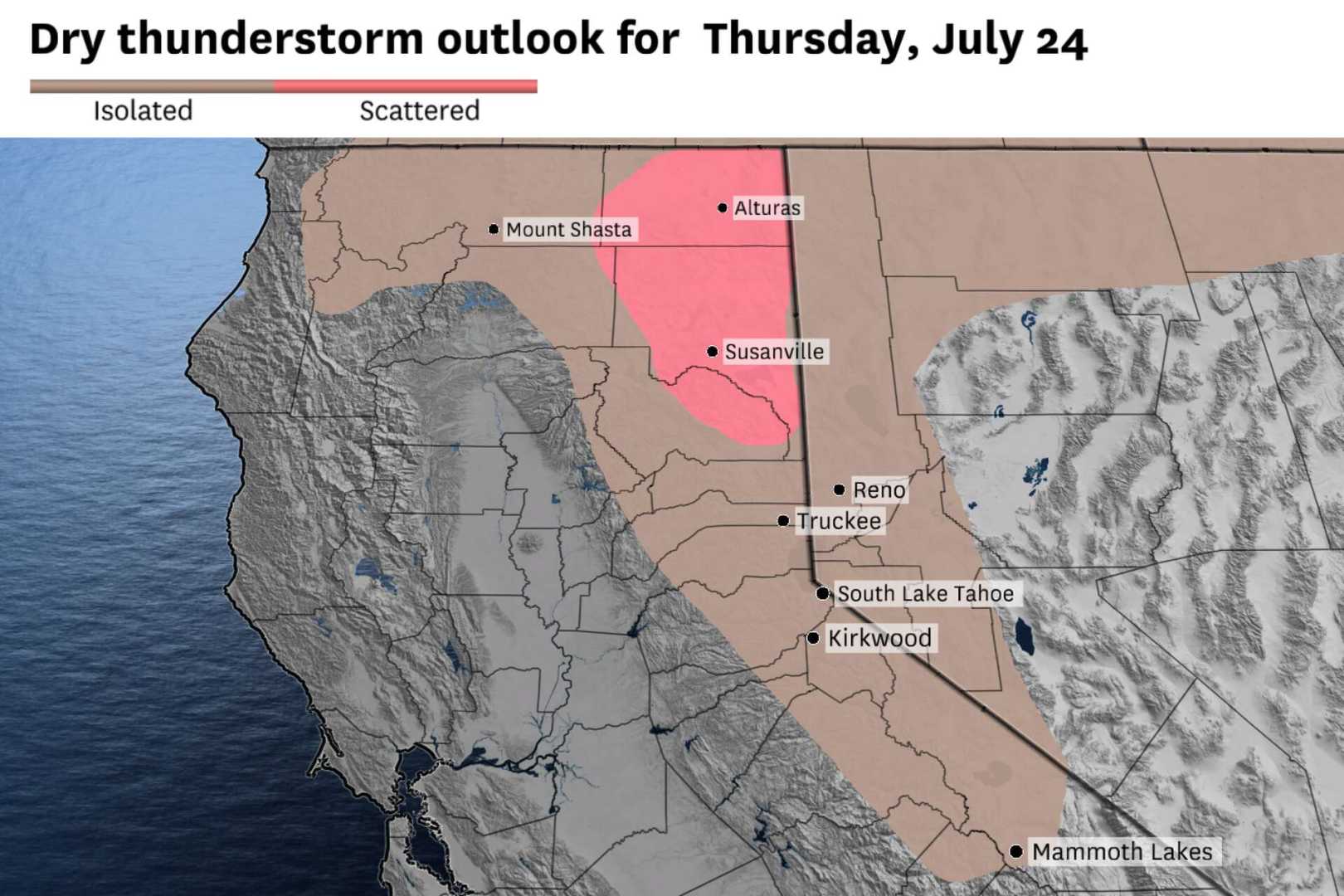News
Severe Thunderstorms Hit Klamath Basin, Causing Hail and High Winds

Klamath Basin, Oregon – An updated weather alert was issued by the National Weather Service on Thursday at 8:18 p.m. for strong thunderstorms affecting the Klamath Basin until 8:45 p.m. The storms are expected to bring marble-sized hail (0.5 inches) and wind gusts of up to 30 mph.
According to the weather service, Doppler radar tracked a strong thunderstorm near Midland, just southeast of Klamath Falls, moving southeast at a speed of 10 mph. “Gusty winds could knock down tree limbs and blow around unsecured objects. Minor damage to outdoor objects is possible,” the agency warned.
Locations impacted by the alert include Klamath Falls, Miller Island Klamath Wildlife Area, Midland, Olene, Moore Park, and Altamont. Residents are advised, “If outdoors, consider seeking shelter inside a building.” The weather service also reminds individuals that frequent lightning strikes pose a danger during thunderstorms.
Lightning strikes the United States approximately 25 million times each year, with a peak in the summer months. Tragically, about 20 people die from lightning strikes annually, with the risk escalating as thunderstorms approach. The danger decreases as the storm recedes.
To stay safe during thunderstorms, it’s important to be prepared. The weather service recommends having a lightning safety plan and knowing how to seek shelter. If no indoor options are available, specific steps should be taken to maximize safety.
Additionally, heavy rain can lead to flooding and treacherous road conditions. Drivers should avoid parking near culverts or drainage ditches, maintain a safe distance from other vehicles, and slow down while driving.
For those caught in heavy rain, the initial half-hour is the most dangerous due to slick roads. Visibility can be compromised, and wipers can struggle with heavy rainfall. If conditions worsen, pulling over to a safe area is advised.
By adhering to these guidelines when faced with severe weather, residents can significantly reduce risks and prioritize their safety.












